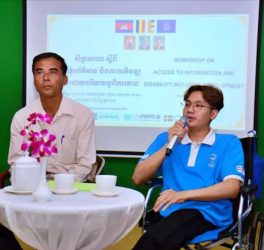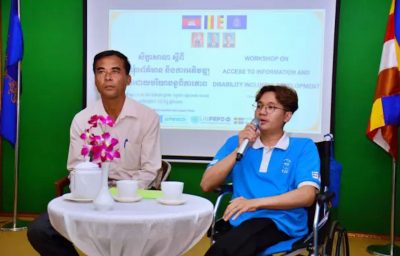
European countries, in laying the groundwork for inclusive economies and societies in the years ahead, have set out to make information and communication technologies (ICTs) equally accessible to persons with disabilities.
Europe remains on track to achieve Target 2.9 of ITU’s Connect 2030 Agenda, which calls on countries to create “enabling environments ensuring accessible telecommunications/ICTs for persons with disabilities” by 2023. But ensuring digital access for over 80 million Europeans with disabilities will depend on fostering innovative small and medium-sized enterprises focused on accessible ICTs.
Accessible Europe 2021, organized online on 23-25 March by the International Telecommunication Union (ITU) and the European Commission, attracted more than 240 participants from over 40 countries, representing around 100 organisations from Europe and beyond.
Hosted virtually by the Government of Portugal, the event saw over 1300 stakeholders following livestreams online and engaging actively with #AccessibleEurope on social media.
Almost 50 expert speakers and moderators, sharing the virtual stage across 8 sessions, identified priority actions to advance the ICT accessibility agenda in Europe. A total of 97 individual interventions, ranging from high level speeches to expert presentations and innovation pitches, contributed to the proceedings.
Discussions addressed the need for international cooperation, regulation, standardization, and inclusive education, particularly in response to COVID-19. Participants also discussed smart cities and the best practices seen across Europe to ensure accessibility.
A new ITU report, ICT Accessibility Assessment for Europe Region, outlines the status of ICT accessibility measures in 46 countries across Europe. While EU directives require basic harmonization, each country needs to set more ambitious legal and regulatory requirements.
The report provides a set of recommendations advising different stakeholders how to implement ICT accessibility in different areas, from government to industry, academia to media and communication services to network operators.








